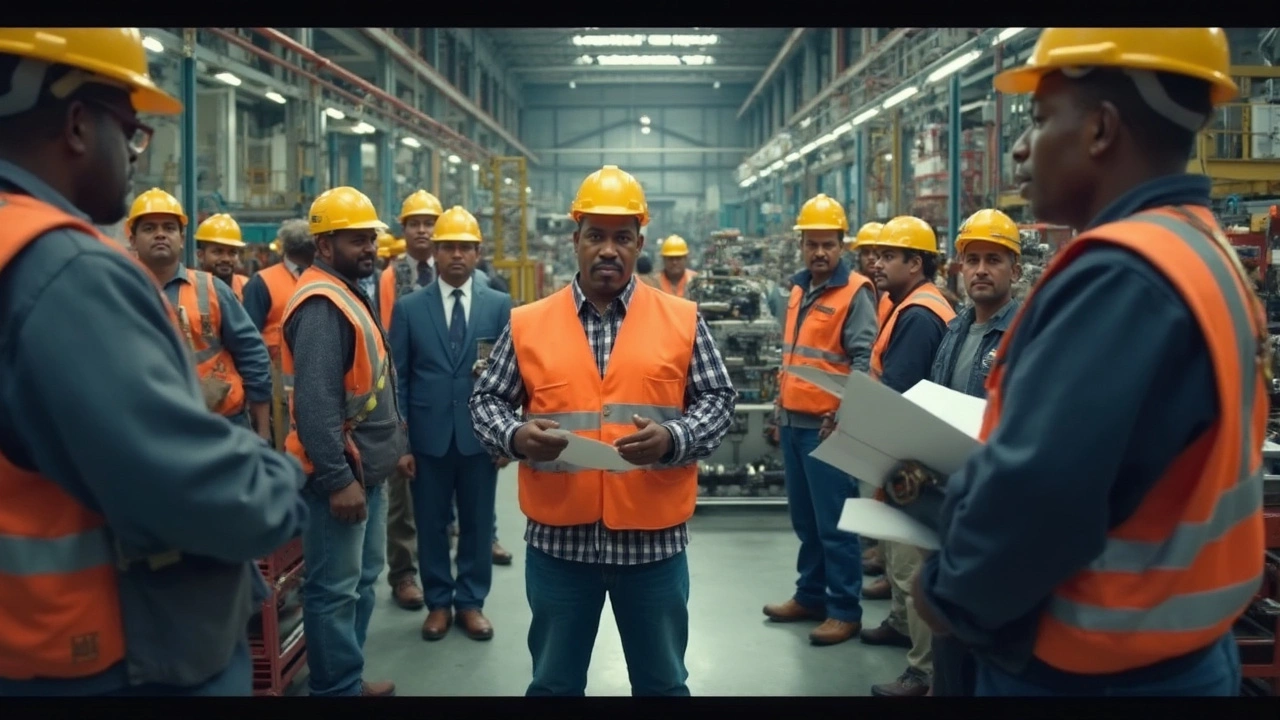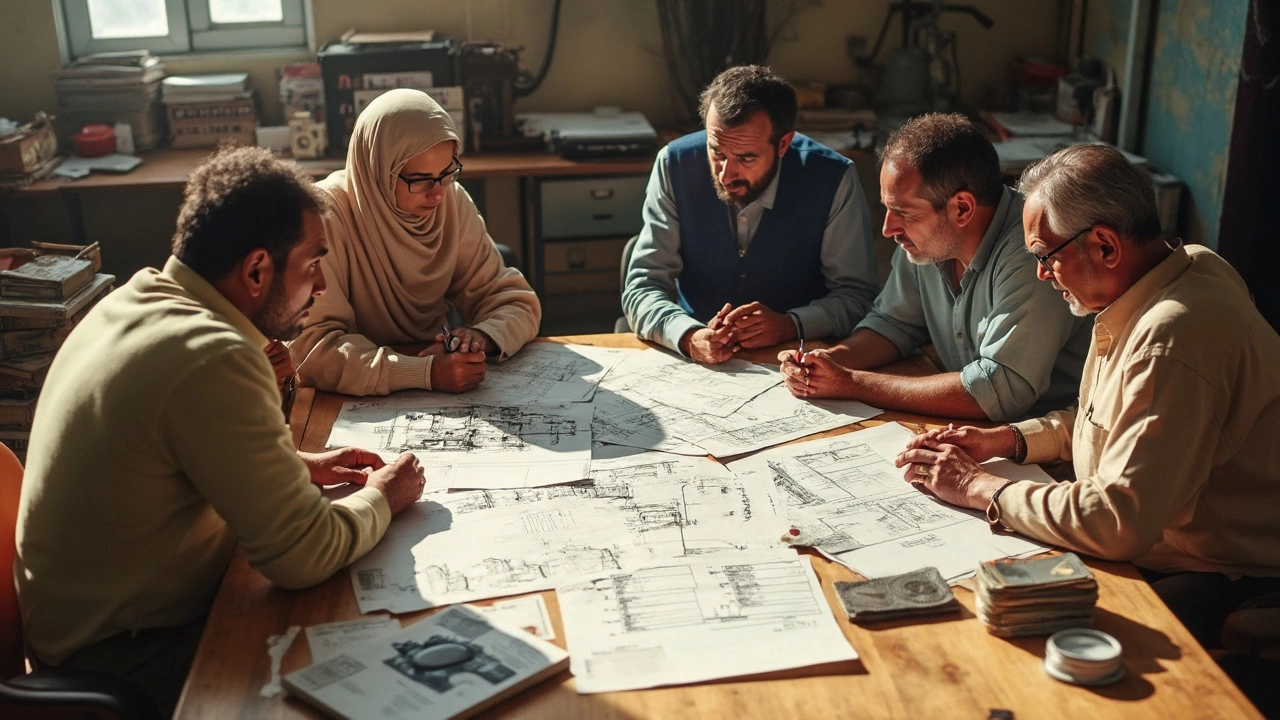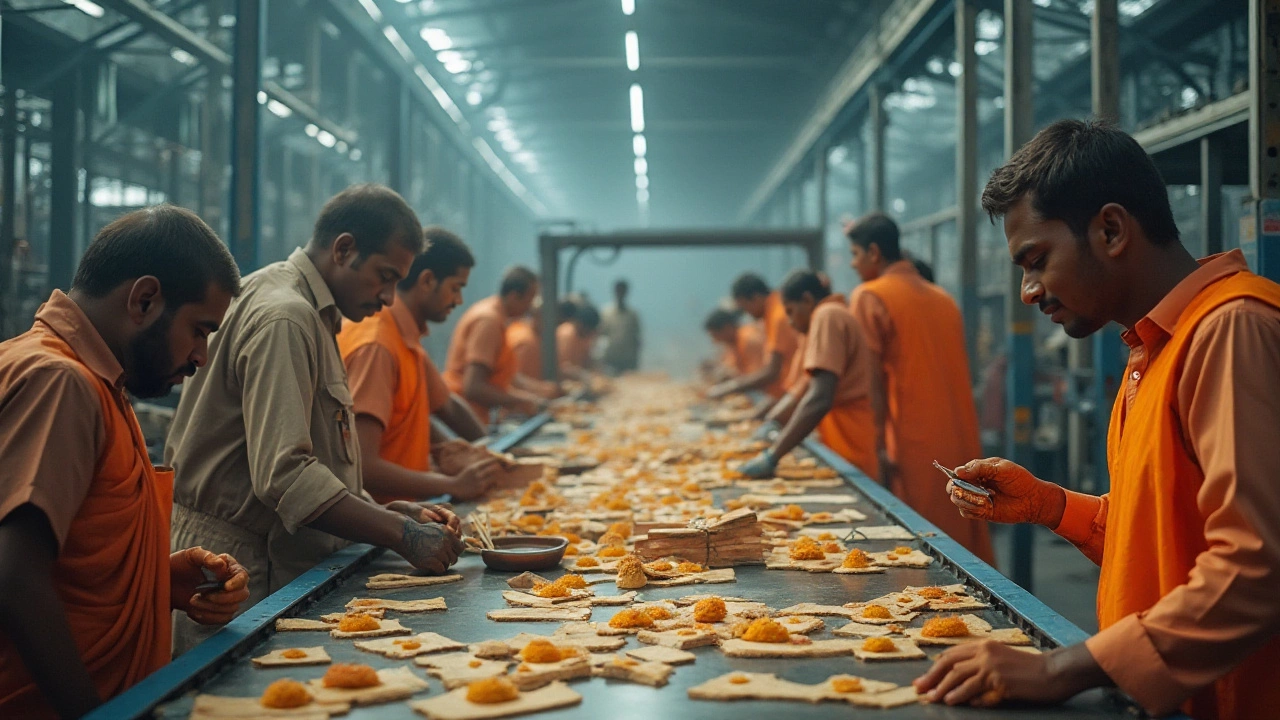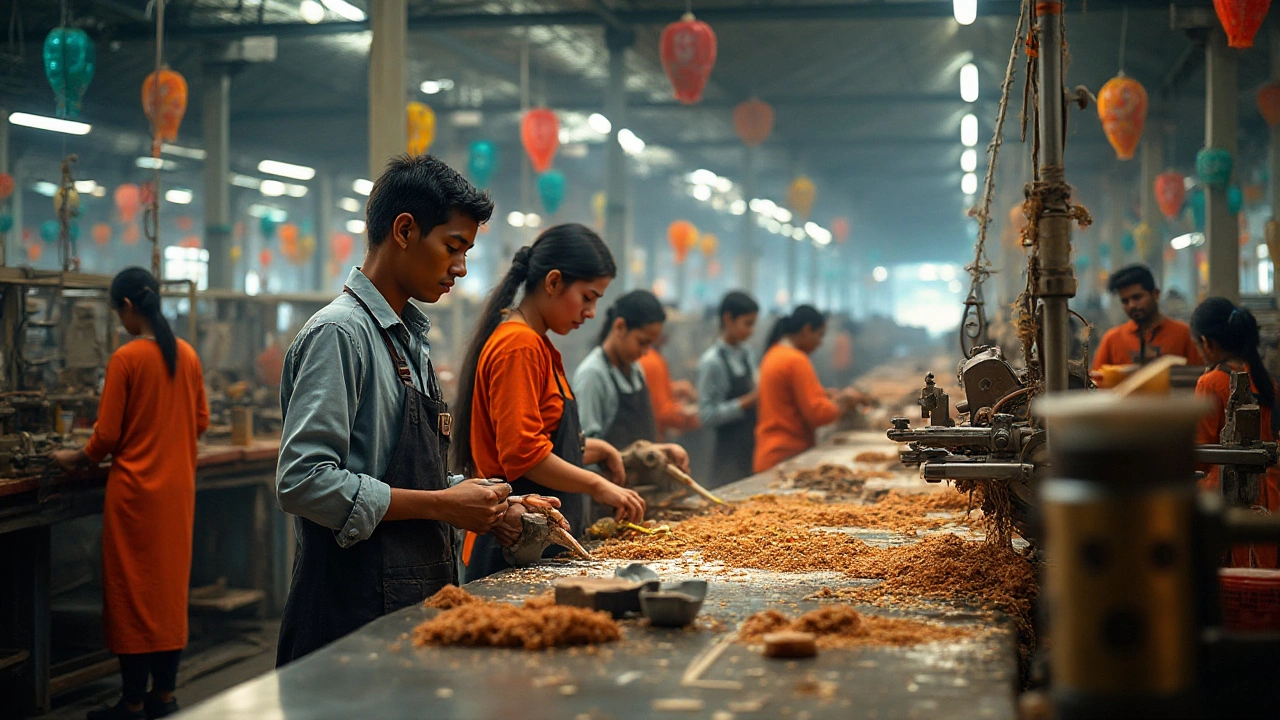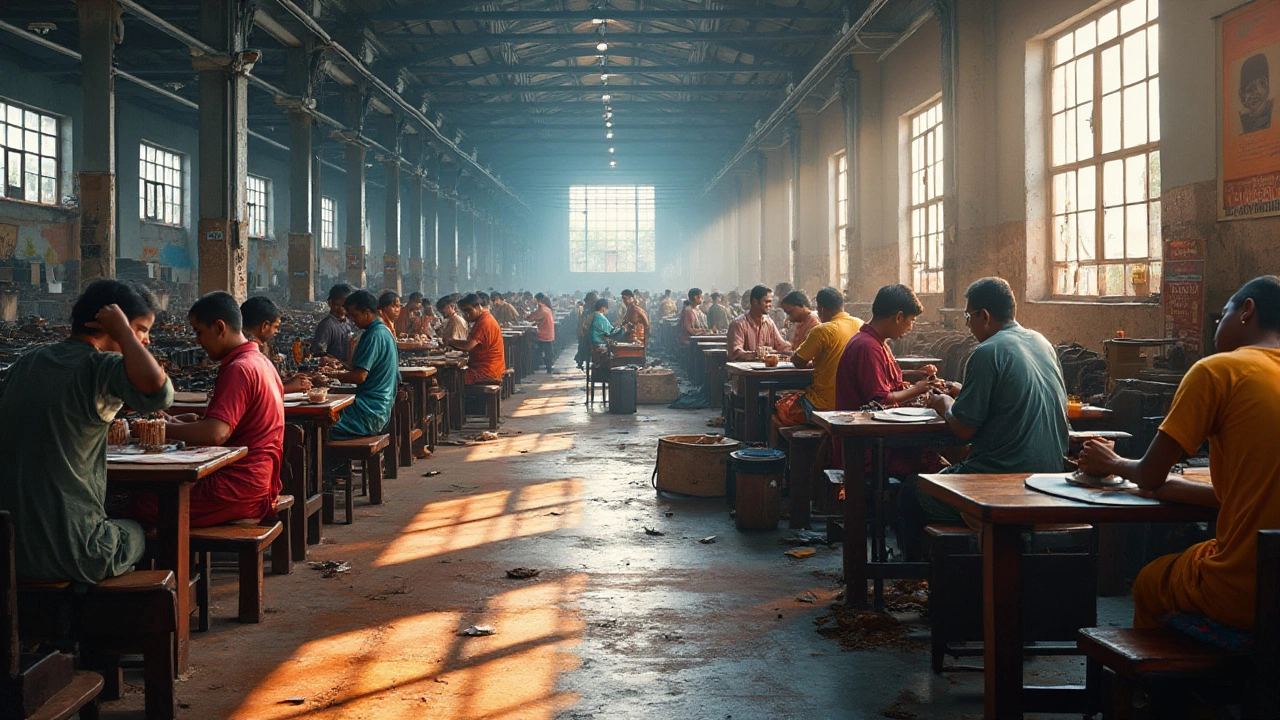Government Schemes: What’s Available and Why They Matter
If you run a factory, a construction firm, or any business that needs heavy equipment, you’ve probably heard the term "government scheme" tossed around. In plain words, a government scheme is a program that offers money, tax breaks, or technical help to boost growth. The Indian government rolls out dozens of these every year, and many of them target the manufacturing sector – the very field where SkyWings Elevation Solutions operates.
Why pay attention? Because these schemes can lower your cost of production, speed up technology adoption, and even open doors to new markets. Missing out means you’re paying more than you need to and possibly losing out to competitors who have taken advantage of the same benefits.
Top Schemes That Benefit Manufacturers
1. Make in India Initiative – This flagship program focuses on encouraging companies to set up or expand plants inside the country. It offers cash incentives for capital equipment, easier land acquisition, and faster customs clearance for imported components. If you’re thinking about adding a new lift line, the Make in India grants can shave off a sizable chunk of your budget.
2. Credit Linked Subsidy Scheme (CLSS) – Designed for MSMEs, CLSS links a lower interest rate to loans taken for purchasing plant and machinery. The subsidy is credited directly to the bank, so you see the benefit on your loan statement without extra paperwork.
3. Technology Upgradation Fund Scheme (TUFS) – For businesses that want to adopt advanced automation or energy‑saving tech, TUFS provides a low‑cost loan covering up to 25% of the project cost. This is perfect for upgrading elevator control systems to the latest IoT‑based platforms.
4. Export Promotion Capital Goods (EPCG) Scheme – If you plan to sell your elevator solutions abroad, EPCG lets you import capital goods at zero customs duty, provided you meet export targets. It essentially turns imported machinery into a free‑to‑use asset.
5. Skill Development Initiatives – Schemes like the Pradhan Mantri Kaushal Vikas Yojana fund training programs for your workforce. A well‑trained team can reduce downtime and improve safety, which matters a lot in lift installation and maintenance.
How to Leverage Schemes for Your Business
First, map your needs. Ask yourself: Do I need new equipment? Do I want to expand export? Do I need skilled workers? Matching a need with the right scheme is the fastest way to see results.
Second, gather the paperwork early. Most schemes require a project report, proof of eligibility, and financial statements. Having these ready speeds up approval and keeps you from missing deadlines.
Third, use a consultant or a dedicated government liaison. Many manufacturers skip this step and end up confused by the application process. A guide who knows the forms can cut your effort in half.
Finally, track the outcomes. After you receive a grant or subsidy, measure the impact on cost, production speed, or sales. Those numbers help you decide whether to apply for similar schemes in the future and give you solid data for internal reporting.
Getting the most out of government schemes isn’t magic – it’s about staying informed, planning ahead, and following through with the right paperwork. The good news is that the Indian government keeps adding new programs, so there’s always a chance to improve your bottom line.
Explore the posts tagged “government schemes” on our blog for real‑world examples of companies that have benefited from these programs. Whether you’re a small workshop or a large elevator manufacturer, the right scheme can make a big difference.
